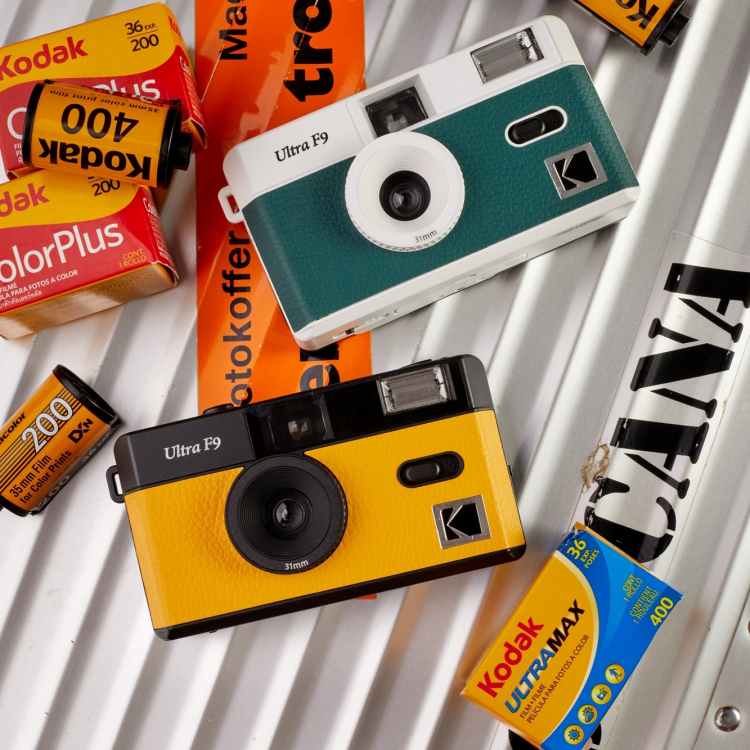Elon Musk and the giants of big tech might have us believe that everyone is eager to embrace every new technological advancement, envisioning a world where people communicate through ChatGBT while soaring through the metaverse, never putting down the latest iPhone.
However, this is not the whole truth. People often tire of this constant bombardment of technology. From swapping a Kindle for a paperback book to favouring a record player over AirPods, savvy minimalists are choosing the charm of the old over the allure of the new.
Enter the disposable camera. Since 2019, sales of disposable cameras have been steadily increasing. Fujifilm notes a “sudden organic resurgence” in their popularity, particularly among Gen Z consumers, many of whom were born after the disposable camera’s initial rise to fame.
The perception of Zoomers as phone-addicted lost causes is unfair and inaccurate. Many, particularly those too young to remember a time before smartphones, find disposable cameras intriguing and enchanting. For them, the appearance of a disposable camera is an event, a novelty that captures the imagination.
Disposable cameras first hit the market in the mid-1980s and dominated for about 15 years. If you remember, you know: They were light, relatively cheap, and low-stakes. After finishing a roll of film (usually 24 or 27 pictures), you’d drop off the camera at a photo shop or chemist to get them developed.
The results were often a mixed bag, especially when the photographers were intoxicated, dealing with imperfect lighting, or forgot to use the flash. Thumbs frequently intruded on picture corners, sometimes accidentally cropping out parts of subjects. Even the best images wouldn’t meet today’s high-quality standards. They had a soft-focus quality, capturing moments in a good-but-not-great way.
Phone cameras have become, for certain tastes, a little too good—unforgiving and unflattering. The pictures posted, likely edited and filtered, have an undeniable artifice. Everyone knows that’s not what anyone looks like in real life. Disposable camera pictures carry an air of legitimacy. They feel more authentic than digital images.
Another issue with phone cameras is that they’re part of your phone—a portal to every text, call, email, breaking-news alert, store, game, and social media platform. As long as your phone is with you, you are never fully present.
And let’s not forget the most compelling reason for the disposable camera’s resurgence: “Everyone looks better on film.”
Gen Z photographers also seem to value the connection disposable cameras provide to older generations who used these cameras when they were new. Using disposable cameras when travelling can enhance the experience by capturing moments in a way that feels genuine and disconnected from the incessant buzz of modern technology.







